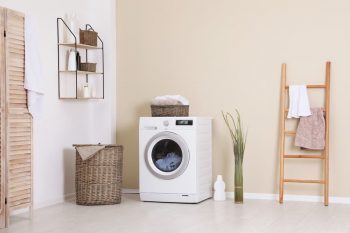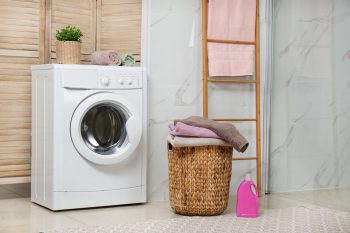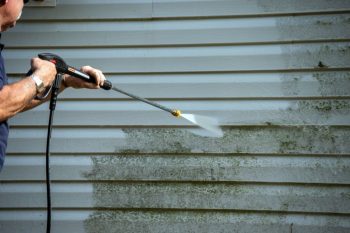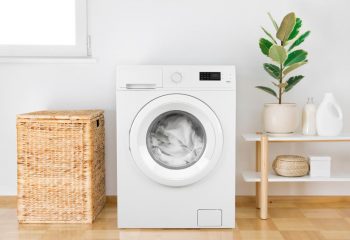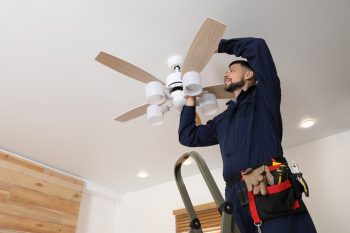
The hair dryer is an indispensable tool in our daily grooming arsenal. But how long should you use a hair dryer to prevent damage to your hair or the device itself? This comprehensive guide will delve into the details and provide you with all the information you need to know.
The ideal usage time for a hair dryer largely depends on your hair type and the hair dryer’s technology, but it’s generally recommended to use a hair dryer for no more than 30 minutes at a time to prevent damage to your hair and the device. To minimize heat damage, let your hair air-dry at least halfway before you start using a hair dryer. Always apply a heat protectant before blow-drying and hold the hair dryer at least 6 inches away from your hair.
What is the Ideal Usage Time for a Hair Dryer?
Hair drying practices vary depending on hair type, styling preferences, and the hair dryer’s technology. However, it’s generally recommended to blow-dry your hair every 3-5 days. To minimize heat damage, allow your hair to air-dry at least halfway before you start using a hair dryer. When blow-drying, use the minimum heat required and hold the hair dryer at least 6 inches away from your hair. It’s also crucial to apply a heat protectant before blow-drying.
Most hair dryers can run for about 30 minutes before overheating. However, you should avoid using a hair dryer for more than 30 minutes at a time to prevent damage to your hair and the device.
The Lifespan of a Hair Dryer
The average lifespan of a hair dryer depends on its quality, usage, and maintenance. On average, hair dryers last for about 600 to 1,000 hours of usage. For daily use of 20 minutes, this translates to approximately five years. However, the lifespan can vary from two to seven years, or even longer for high-quality, professional-grade models.
Proper care and maintenance, such as cleaning the vents and using the appropriate settings, can help extend the life of a hair dryer.
Signs Your Hair Dryer is Nearing its End
Several signs indicate your hair dryer may be nearing the end of its lifespan:
- Longer drying time
- Age of the appliance
- Unusual noises
- Frizzy or dull hair
- Clogged or damaged filter
If you notice any of these signs, it might be time to replace your hair dryer.
Factors Affecting a Hair Dryer’s Lifespan
The lifespan of a hair dryer is influenced by its wattage, the technology used, and the frequency of usage. Higher wattage hair dryers can dry hair quickly but may also cause damage due to high heat. Hair dryers with ceramic and tourmaline coating protect the strands with negative-charged ions, and ionic technology contributes to healthier and shinier hair. The average lifespan of a hair dryer is between 200-300 hours of use.
Maintenance Tips for a Hair Dryer
To extend the life of your hair dryer, proper maintenance and care are essential. Here are some tips:
- Clean the filter regularly
- Inspect the cord and plug
- Avoid overheating
- Store it properly
- Keep air openings unblocked
- Unplug when not in use
- Avoid using the highest setting constantly
- Invest in a reliable brand
Safety Concerns with Prolonged Use
Prolonged use of a hair dryer can lead to several safety concerns, such as hair damage, electrical hazards, thermal hazards, and mechanical hazards. To minimize these risks, follow the manufacturer’s instructions, use the hair dryer at a safe distance from your hair, and avoid using it for extended periods.
Choosing a Durable Hair Dryer
When choosing a durable hair dryer, consider the wattage, materials, size and weight, cord length and flexibility, ionic and ceramic technology, heat settings and attachments, and brand reputation and durability.
Conclusion
The longevity and safe use of a hair dryer depend on various factors, including the type of hair dryer, how often and how long it’s used, and how well it’s maintained. By understanding these factors and following the guidelines mentioned in this guide, you can ensure that your hair dryer lasts longer and serves you well, without causing any damage to your hair or posing any safety risks.
Frequently Asked Questions
What is a heat protectant and why is it important?
A heat protectant is a product that is applied to hair before using heat styling tools like hair dryers. It creates a protective barrier over the cuticle of the hair strand, reducing the amount of damage caused by heat exposure. It’s important because it helps prevent hair from becoming dry, brittle, and damaged, and it can also enhance shine.
What kind of maintenance does the hair dryer’s filter require?
The hair dryer’s filter requires regular cleaning to remove dust and hair that might have gotten trapped. The process usually involves removing the filter cap at the back of the hair dryer, using a soft brush or cloth to gently remove debris, and then replacing the cap. It’s important to unplug the hair dryer before doing this.
How does the ionic technology in hair dryers work?
Ionic technology in hair dryers works by emitting negative ions that interact with the positive ions in wet hair. This helps to break down the water molecules, allowing the hair to dry faster. It also helps to seal the hair cuticle, reducing frizz and enhancing shine.
What are the potential electrical hazards of using a hair dryer?
Potential electrical hazards of using a hair dryer include the risk of electric shock if the dryer is used near water or if the cord is damaged. Overheating can also cause the hair dryer to short circuit or even catch fire. It’s important to always unplug the hair dryer after use and avoid using it in wet environments.
What features should I consider when buying a hair dryer?
When buying a hair dryer, consider features such as adjustable heat and speed settings, cool shot button, ionic and ceramic technology, the type and number of attachments (like diffusers or concentrators), and the length and flexibility of the cord. Also, consider the weight and size of the hair dryer for ease of use.

